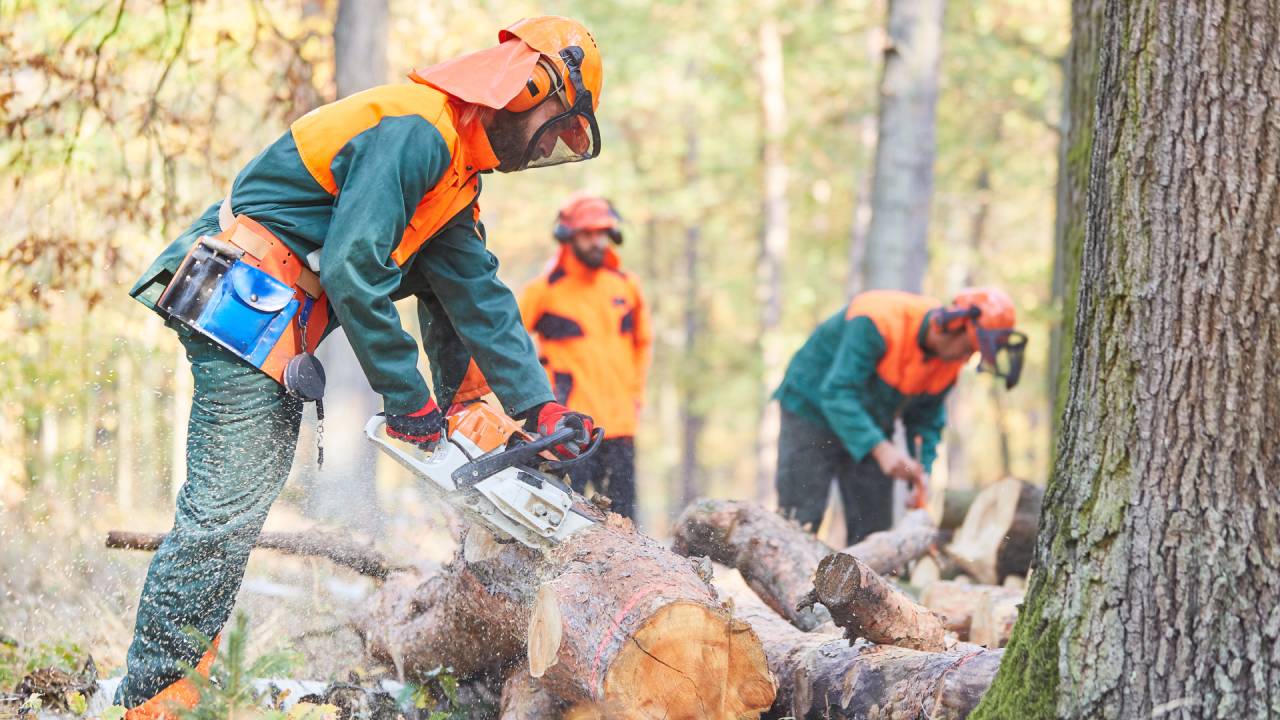Loggers: how can they bring down strong trees? It takes a combination of specialized equipment for them to fell, debranch, and transport logs.
Category: Equipment and Book Reviews
Things we use or read to make DGW homestead work better.
4 Ways To Improve Your Excavator’s Traction
When you’re out in the field, nothing’s more frustrating than your excavator struggling for grip. Whether you’re tackling rocky terrain or muddy grounds, improving traction is key to getting the job done efficiently and safely. We’ll explore some effective ways to improve your excavator’s traction so you can confidently tackle any project. Understand Your Machine’s […]
The Best Pieces of Equipment for Land Clearing
Land clearing is a fundamental step in transforming rugged terrain into usable land for construction, agriculture, or environmental management. With the right equipment, this process can be efficient, safe, and less time-consuming. In this guide, we’ll explore the top pieces of equipment that can make your land-clearing project smoother and more effective. Skid Steer Loaders […]
Your Farm’s Buying Guide for Tillage Equipment
Tillage equipment helps you prepare your land for the growing season. Just as the cornerstone supports the weight of an entire building, so does your choice of tillage tools set the foundation for successful planting. Even if your farm already has tillage equipment, upgrading with more advanced buyer’s knowledge could be a great investment for […]
What To Look for When Buying a Tactical Watch
The word tactical is thrown around quite often these days and typically precedes a plethora of outdoor equipment, gadgets, tools, and related products. One group of products—tactical watches—are incredibly popular amongst hikers, hunters, survivalists, and outdoor enthusiasts. But what exactly makes these timepieces tactical? Learn what to look for when buying a tactical watch to […]





